Production Phase
Development
Deliverable 1
Deliverable 2
During our development phase, we had two main deadlines, Deliverable One and Two, both of which lasted 4 weeks each. In our first deliverable, our goals were to get the core loop of our gameplay completed with main art assets implemented. This meant that the main functions of movement, cow collection, in-game UI (meters and score), and asset generation were our priorities. In Deliverable Two, we polished these components and added more level designs as well as more consistent sections, such as title, tutorial, and game over screens to have a more distinct style in terms of UI and font consistency to enhance its overall cohesion (in the finalization process, we would go over every scene to make sure this consistency persisted throughout, as in the D2 video, the tutorial gameplay needed its fonts to be adjusted). We also made some game mechanics changes: the obstacles make the players lose a cow and happiness instead of being an instant game over (in consideration to the fact that in D2, our chair controls would likely be slower than keyboard controls); the conspiracy value increases by larger margins for hovering, beaming, and collecting FBI agents than in D1, since it seemed that conspiracy increased too slowly before and thus would pose less of a challenge; and creating a mandatory tutorial since previous playtests, our players would skip straight to gameplay and therefore would not know how to actually play.
Character and Environment Art
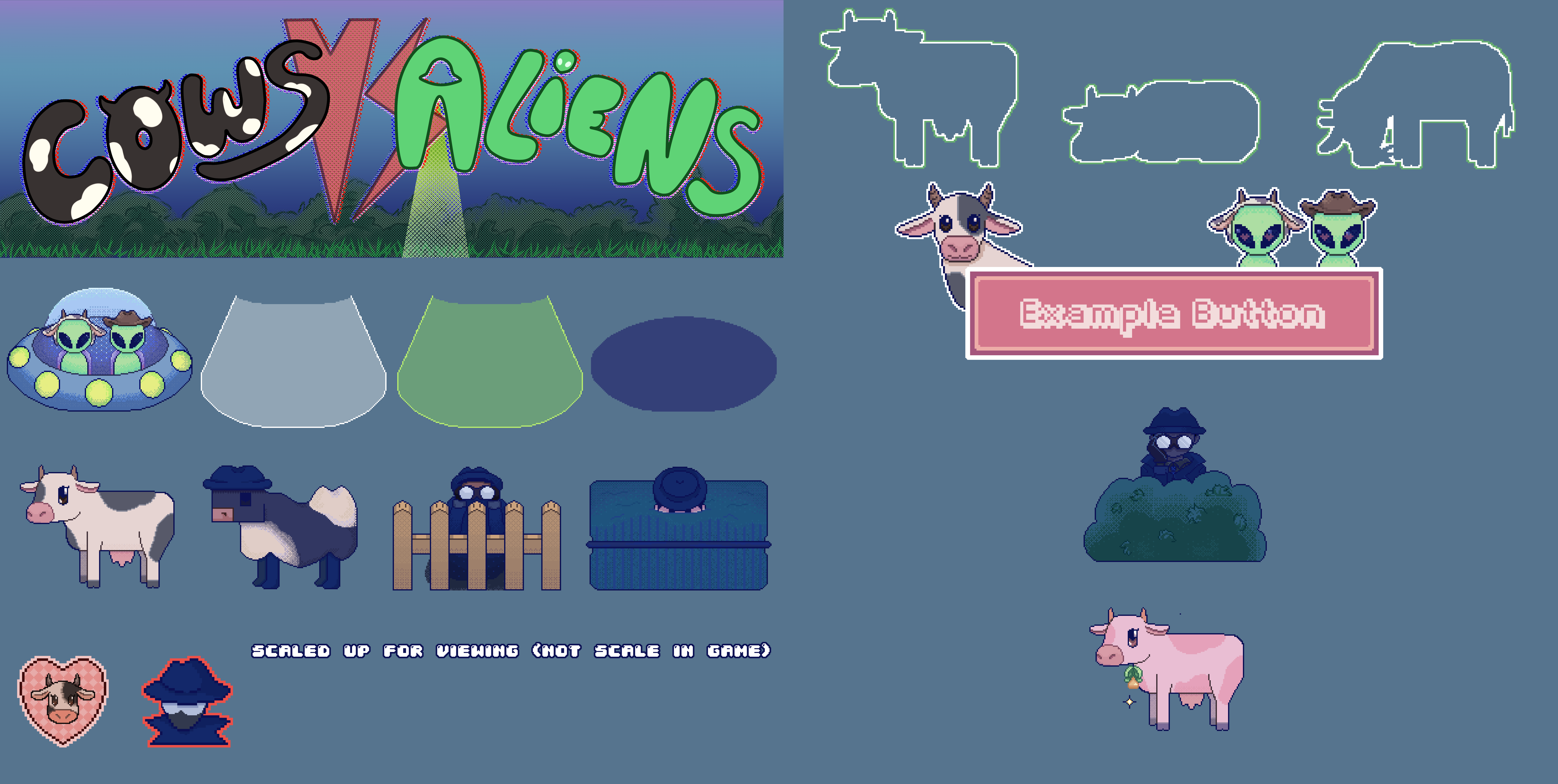
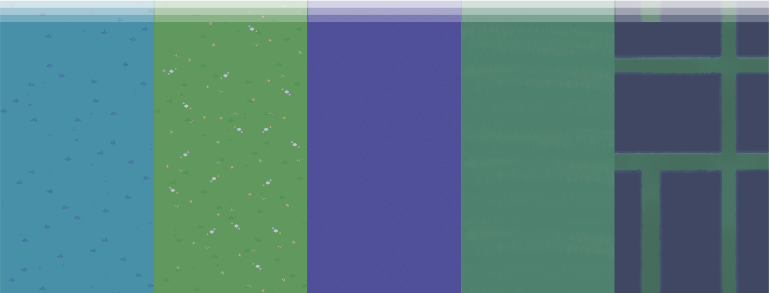
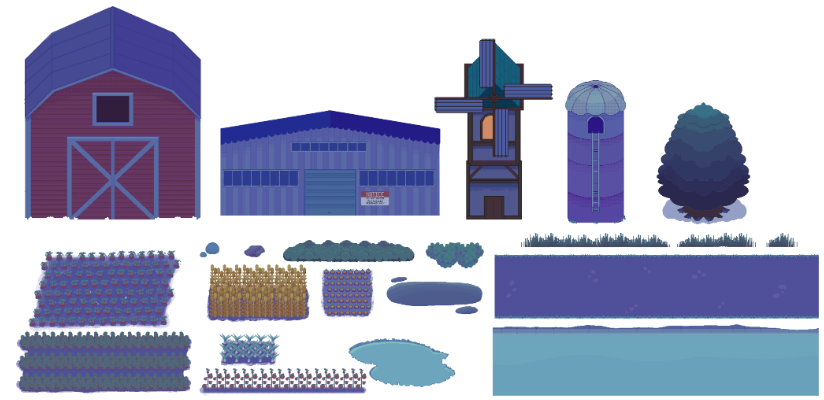
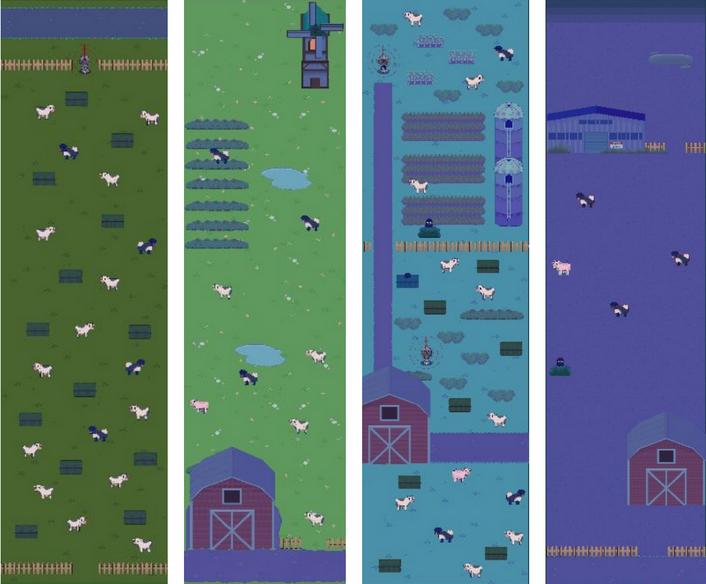
By the end of D2, much of our character and environment art were completed so that we could create purposeful level designs. Originally, in our prototypes, we had randomized cows and assets, but it would have greatly detracted from our gameplay as we could not guarantee that the layouts would make sense. Thus, we worked on intentional level designing as it gave our game more narrative (ex: FBI hideouts to spy on aliens, barn and hay areas with more cows, and wilderness areas), difficulty levels, and creativity.
Fabrication and Physical Installation
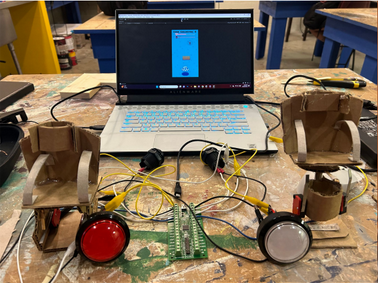
Cardboard prototype
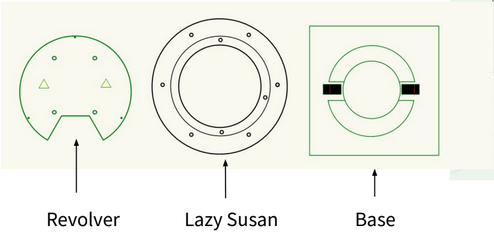
CAD for P1 controller rotating mechanism
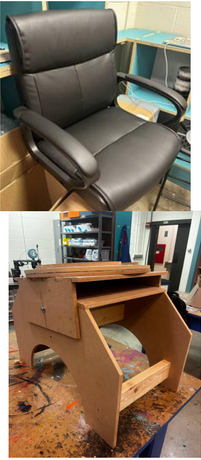
Chair parts and physical creation
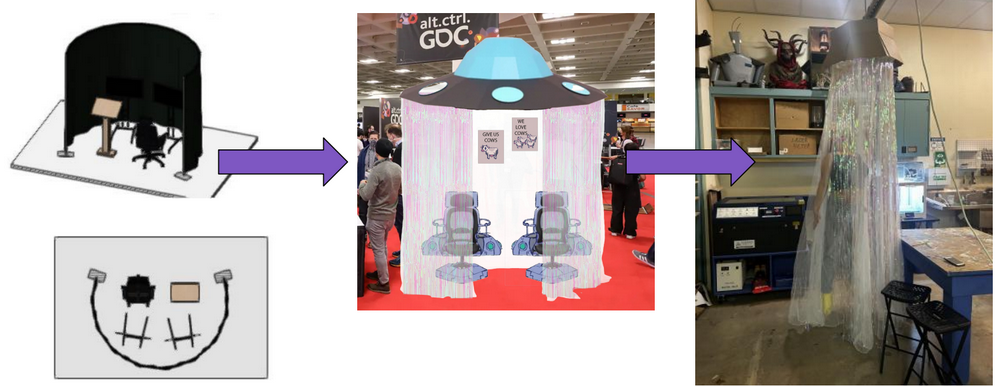
Physical installation concept to creation
For the production phase of fabrication and installation, a lot of planning was involved to be able to build our controllers. There were many factors to consider in order to best be able to carry our players and allow for desired movement mechanics. We started with cardboard prototypes of our chairs, then modeled and measured specifics within VectorWorks. From there, the building and cutting of wood, attachment methods, and chair to base connection processes were conducted through trial and error to create our chair controllers. Both chairs had limit switches, which would correspond to the button input for our game. From playtesting, we realized our initial rotation values of 45 degrees left and right was too large of a rotation for our players to comfortably move for horizontal movement, thus we reduced the rotation values so players would not have to vigorously turn directions just to move their UFO.
In the physical installation, inspired by previous GDC winners that had an immersive installation, we also planned and designed one that would emulate being within the beam of a UFO, as if the players would be transported into the aliens' world. At first, we thought of using pipe-and-drape, but found a more effective alternative that would also be easier to assemble.
Cows Vs Aliens
An Alt Ctrl Co-Op Arcade Game!
| Status | Released |
| Authors | enair3, r3nzie, Emercado, fairyburnout, christine chen |
| Tags | 2D, Aliens, altctrl, Arcade, Co-op, Endless Runner, Indie, Multiplayer, Pixel Art, Top-Down |
More posts
- Finalization PhaseDec 09, 2023
- Concept PhaseDec 09, 2023
